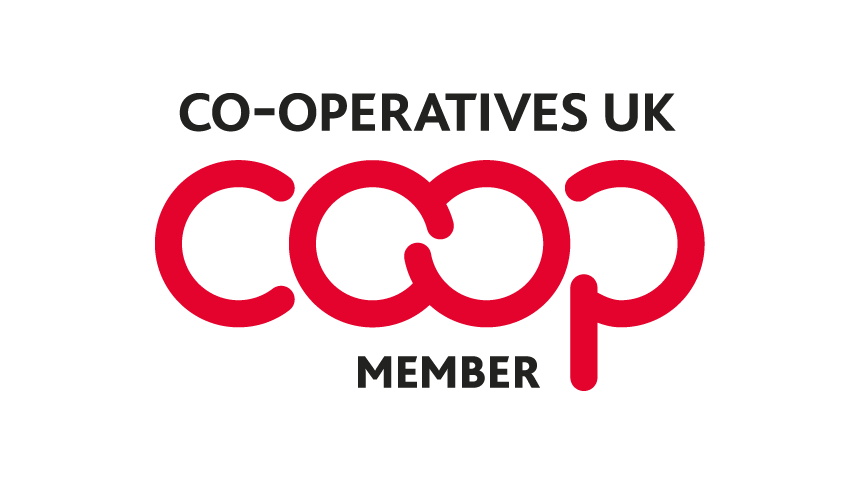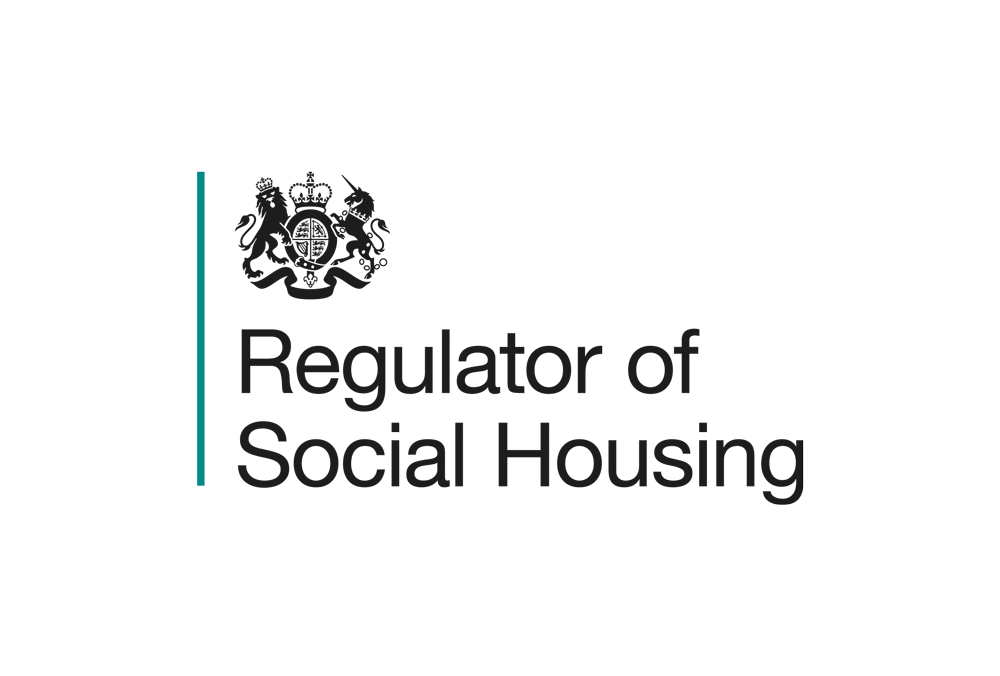SHA play a vital role in providing safe, sustainable, and in creating welcoming places. Upgrading and improving estates is not just about maintaining buildings, it’s about enhancing residents’ quality of life, increasing sustainability, and ensuring long-term value. However, these projects require careful planning and consideration to balance costs, resident needs, and regulatory requirements.
1. Resident engagement and consultation
Residents are at the heart of SHA’s decision-making. Before making improvements, it’s essential for us to:
- Consult with tenants and leaseholders to understand their priorities and concerns.
- Conduct surveys, public meetings, or focus groups to gather feedback.
- Provide clear communication about timelines, expected disruptions, and benefits.
- Engaging residents early helps build trust, ensures improvements meet real needs, and in understanding the changes.
2. Health and safety compliance
Upgrades must comply with health and safety standards, including:
- Fire safety regulations for communal areas and individual homes.
- Safe construction practices during works to prevent accidents.
- Accessibility standards for tenants with mobility issues or disabilities.
- Prioritising safety ensures compliance with legislation and protects both residents and staff.
3. Energy efficiency and sustainability
Any modern upgrades should align with sustainability goals, such as:
- Installing energy-efficient boilers, windows, and insulation to reduce fuel costs.
- Incorporating renewable energy solutions where feasible, like solar panels.
- Using environmentally friendly materials and sustainable construction methods.
- Sustainable improvements not only reduce environmental impact but can also lower energy bills for residents and meet government or regulatory targets.
4. Budgeting and financial planning
At SHA we must carefully plan budgets for upgrades, so to:
- Estimate costs accurately, including contingency funds for unexpected issues.
- Explore funding options, grants, or partnerships for energy efficiency and any regeneration projects.
- Prioritise improvements that provide the greatest benefit to residents and improve estate value.
- By balancing affordability with quality it ensure ensures long-term viability of any estate.
5. Maintenance and longevity
Any upgrades should consider the long-term maintenance of the estate:
- Select durable materials that reduce the need for frequent repairs.
- Consider future-proofing technologies, such as smart meters or low-maintenance cladding.
- Plan for ongoing maintenance schedules to keep improvements effective over time.
- Sustainable, low-maintenance solutions reduce costs and improve resident satisfaction.
6. Community impact and amenity improvements
Estate improvements go beyond buildings as they can affect the wider community by:
- Enhancing outdoor spaces, play areas, and communal facilities.
- Improving accessibility, walkways, and lighting to promote safety and usability.
- Consider social impact, creating spaces that encourage community interaction and wellbeing.
- A focus on community ensures upgrades support residents’ quality of life, not just the physical infrastructure.
7. Regulatory and legal considerations
SHA must consider legal and regulatory frameworks, including:
- Local planning permissions for structural changes.
- Leaseholder consultation requirements for major works.
- Compliance with building codes, fire safety regulations, and accessibility legislation.
- Upgrading and improving estates by SHA can be a complex process, and when done thoughtfully, it strengthens communities, protects residents, and ensures the long-term sustainability of SHA’s housing stock.








